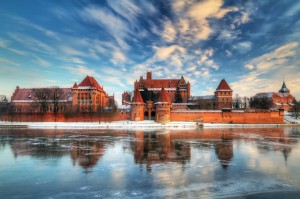The agreement now on the table might be the last chance to stop the bloodshed in Ukraine and also to avoid a situation devolving into a civil war. The main question now is how much the agreement actually will be worth. The current regime in Ukraine has not shown itself to be very trustworthy when it comes to earlier agreements and at the same time the opposition, or at least its more hardcore elements, will most likely have difficulty accepting an agreement that leaves the hated president in power for maybe up to the end of the year.
It is also ominous that the special envoy of Russia unlike his EU counterparts from France, Poland and Germany apparently haven’t signed the agreement as was first intended. The Russian statement that they too want to see a stable Ukraine might not mean in their mind the same thing as it does for the EU.
(This text is also posted at Tonakai World.)

